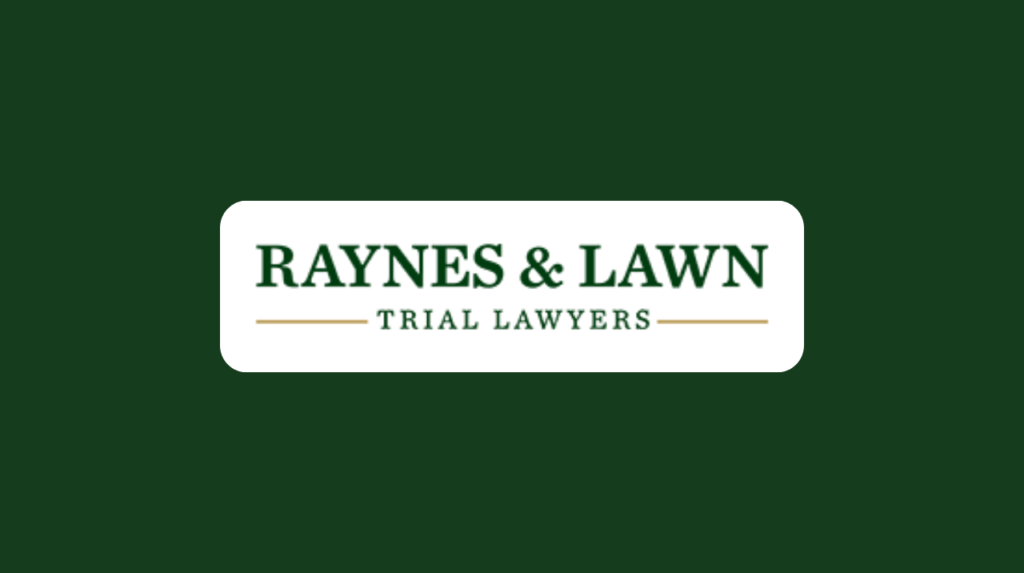What is Brachial Plexus Palsy?

Brachial plexus palsy is a condition that may occur during childbirth. It impacts the nerves through the spinal cord down to the fingertips.
This type of condition can occur during labor or birth delivery. Typically, this injury happens when an issue occurs that damages the baby during the delivery and specifically causes harm to the brachial plexus of the newborn.
Palsy relates more to the loss of movement in a limb. When this occurs due to an impact on the brachial plexus nerve area of a newborn, then it is brachial plexus palsy.
Given that this condition is more common than realized, knowing more about it is an excellent first step towards protecting yourself. The Philadelphia Birth Injury Attorneys at Raynes & Lawn have the experience to investigate the circumstances of the delivery and your child’s injury.
What Is Brachial Plexus?
The brachial plexus is the area of nerves in a human body that provides functioning of the arms and nearby body parts. If a brachial plexus injury occurs during childbirth, then it can cause numbness, loss of use, or paralysis to parts of the newborn’s body.
Brachial plexus injuries occur during birth and impact the child’s nerves. Specifically, it can harm the shoulders, arms, forearm, fingers, and hands.
Brachial Plexus Injury
If a newborn’s neck becomes stretched more than it should be during childbirth towards one direction, this can cause a brachial plexus injury. Essentially the nerves are stretched too far out between the neck and shoulder, which can cause damage by stretching or tearing the brachial plexus nerves.
Such a strain can also cause damage to the spinal cord. The resulting damage to the nerves can cause injuries that range from recoverable to life-debilitating. While treatment options are available, they may not restore the complete function resulting from a severe brachial plexus injury.
Costs
Additionally, these options may result in substantial medical costs. This is why seeking advice from an experienced attorney may help you and your loved ones if you believe this type of injury impacted your child during his or her birth.
How Does A Brachial Plexus Injury Happen?
A brachial plexus injury may happen if a newborn child’s neck is stretched towards one side during the process of childbirth. This can result in damage to the brachial plexus nerves and subsequent harm to the baby.
As such, brachial plexus injuries occur due to issues during childbirth delivery. Some of the common examples for situations in which they occur include the following:
- Breech delivery.
- Prolonged labor.
- The newborn has shoulders that are too wide to get through the vaginal birth canal
Brachial plexus injuries may also occur if early signs of difficulties during childbirth are not recognized and quickly identified.

What Are the Symptoms of a Brachial Plexus Injury?
While not an exclusive list and some newborn babies may not show all of these systems, some symptoms that are commonly associated with a brachial plexus injury include:
- numbness, especially around the shoulders, arms, fingers, and hands
- inability to tightly grip onto something
- lack of movement that can be only partial or full for either or both arms, or the other nearby extremities
- one arm hanging different than the other
See A Doctor if You Suspect These Symptoms
If you notice some of these symptoms in a newborn child, you should have the baby evaluated by a pediatrician for the possibility of having suffered a brachial plexus injury during birth.
This evaluation can then help you determine better which steps to take next, such as treatment, and whether you may want to consult a lawyer if it was possible medical malpractice that caused the injury.
How Is a Brachial Plexus Injury Diagnosed?
While this is a common type of birth injury, it is not very easy to spot. Typically, a doctor will examine the child for any signs of numbness, weakness, paralysis, or inability to grip. A doctor may also do a “startle test.” This test is done to see how the baby’s limbs move in reaction. The infant should throw their arms out and then curl them up. If this movement is atypical, this may indicate a brachial plexus injury.
Doctors may also order x-rays, a magnetic resonance imaging (MRI) scan, a nerve conduction study (NCS), an electromyogram (EMG) to check the functioning of the baby’s nerves and muscles, or a computed tomography (CT or CAT scans).
Usually, the latter tests are ordered by doctors more familiar with birth injuries. However, it depends on the doctor, the degree of injury, and the symptoms that are shown and treatment options available.
What Are The Treatment Options For A Brachial Plexus Injury?
A child may naturally recover from a brachial plexus injury in a short period and without medical intervention.
However, physical therapy is often needed. This can include therapy from multiple doctors, depending on the severity. Surgery is sometimes used to assist in the treatment of brachial plexus birth injuries.
Since this can cost a significant amount in medical bills, if this childbirth injury was due to negligence or medical malpractice during the delivery, then you may want to contact a lawyer to find out potential options for compensation through legal damage awards.
Should You Call A Lawyer For a Brachial Plexus Injury?
If you believe your child may have suffered a brachial plexus injury but are unsure of your options or what steps to take next, then it is wise to seek expert help. Time is very crucial here, and you may be entitled to compensation for medical expenses, pain and suffering, and other remedies to account for the injury caused to your baby.
If the injury was due to medical malpractice, then you may be entitled to more. However, since this is a specific and complicated area of the law in birth injuries and medical malpractice, seeking at least a consultation from an experienced lawyer can help you assess your options better.
Contact Us Today
Here at Raynes & Lawn, we have attorneys experienced in representing clients that have had a child suffer a birth injury such as brachial plexus injury.
To speak with one of our attorneys about your situation, call us at (800) 535-1797 or fill out our contact form. Someone will respond to your inquiry as soon as possible to let you know how we can help.

For the general public: This Blog/Website is made available by the law firm publisher, Raynes & Lawn, for educational purposes. It provides general information and a general understanding of the law but does not provide specific legal advice. By using this site, commenting on posts, or sending inquiries through the site or contact email, you confirm that there is no attorney-client relationship between you and the Blog/Website publisher. The Blog/Website should not be used as a substitute for competent legal advice from a licensed attorney in your jurisdiction.
For attorneys: This Blog/Website is informational in nature and is not a substitute for legal research or a consultation on specific matters pertaining to your clients. Due to the dynamic nature of legal doctrines, what might be accurate one day may be inaccurate the next. As such, the contents of this blog must not be relied upon as a basis for arguments to a court or for your advice to clients without, again, further research or a consultation with our professionals.
